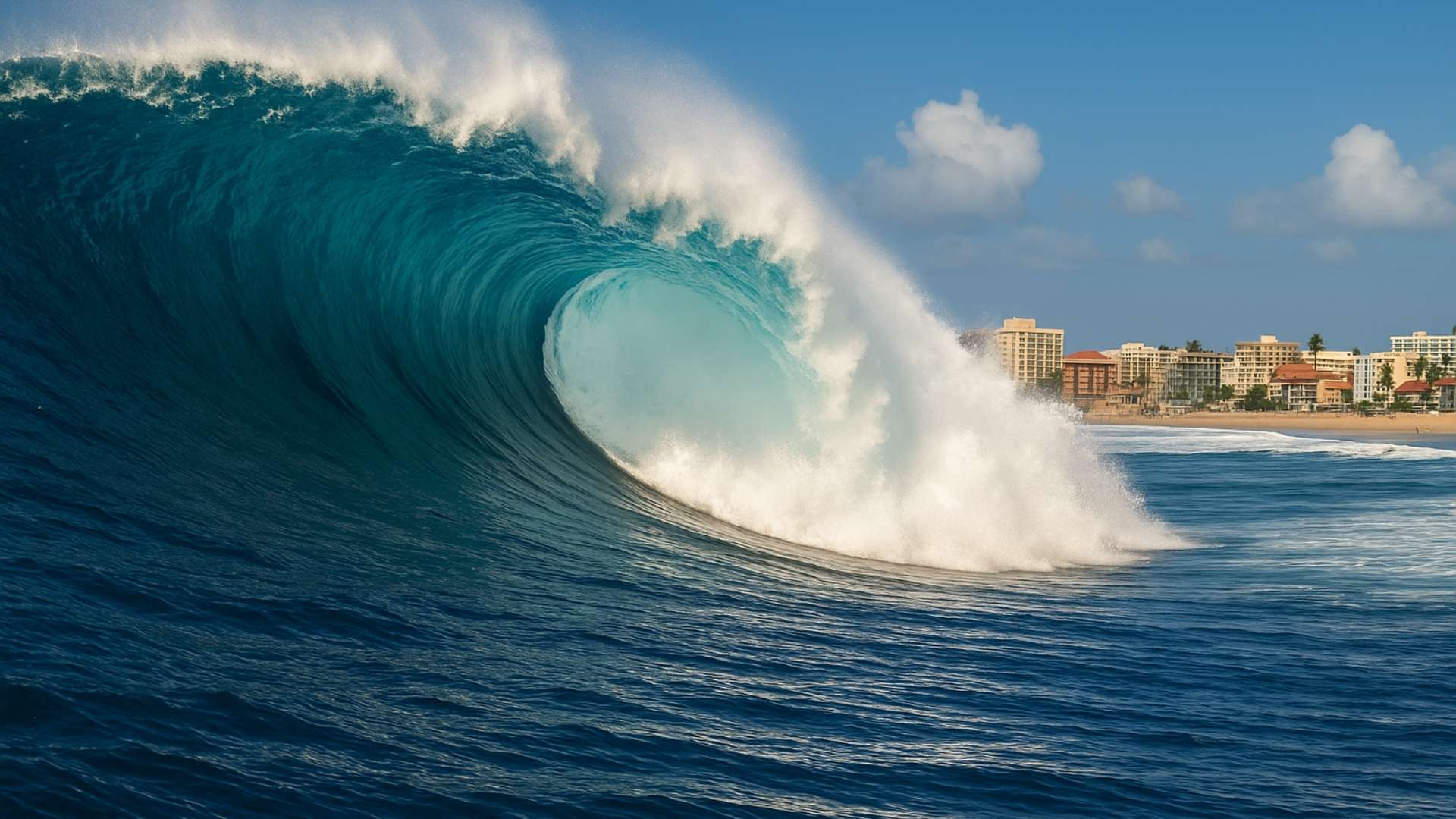A 100 ft Mega Tsunami Could Hit the US at Any Moment – Latest Research Unveiled
The United States faces a looming threat from a potential 100 ft mega tsunami that could strike the Pacific Northwest at any moment. The Cascadia Subduction Zone, silent for 300 years, is at the heart of this danger, with new research revealing catastrophic implications. This blog post explores the latest findings, the science behind this disaster, and what it means for coastal communities. Stay informed and prepared!
What is a Mega Tsunami?
A mega tsunami is an exceptionally large wave, exceeding typical tsunami heights of 30-100 ft, often triggered by landslides, volcanic eruptions, or massive seismic shifts. The Cascadia Subduction Zone, stretching from northern California to British Columbia, is a key focus, with studies predicting waves up to 100 ft (30m) high upon rupture.
Latest Research on the 100 ft Mega Tsunami Threat
A new study in the Proceedings of the National Academy of Sciences warns that the Cascadia Subduction Zone’s next rupture could mark the beginning of a prolonged cataclysm. Silent for 300 years since its last major event on January 26, 1700 (magnitude 8.7-9.2), this 700-mile fault line has a 15% chance of a magnitude 8.0+ earthquake in the next 50 years, according to the US National Seismic Hazard Model. Key findings include:
- Coastal Subsidence: Land could drop by over 2.5m (8ft) in minutes, as noted by Prof. Tina Dura, lead author.
- Tsunami Impact: Waves matching the 2004 Boxing Day tsunami’s scale will crash ashore, initiating devastation.
- Long-Term Effects: Combined with climate-driven sea level rise (3-4mm/year), subsidence could cause a sudden 2m sea level rise, tripling flood exposure by 2100.
- Historical Context: Major quakes occur every 450-500 years, with the 1700 event serving as a precedent.
Prof. Dura highlights the urgency: “We’ll have two metres of sea level rise in minutes. Why aren’t we talking about that more?”
Why the West Coast is at Risk
The Cascadia Subduction Zone marks where the Juan de Fuca Plate subducts under the North American Plate, locking and accumulating strain over centuries. This tectonic tension, combined with unstable coastal slopes, heightens the risk of a magnitude 9.0+ earthquake and subsequent mega tsunami, threatening cities like Seattle and Portland.
The Aftermath: What to Expect
The rupture could trigger a multi-minute earthquake, followed by a 100 ft tsunami. A 2022 FEMA planning exercise predicts:
- Casualties: 5,800 deaths from the quake, 8,000 from the tsunami.
- Injuries and Damage: Over 100,000 injured, 618,000 buildings affected (including 2,000+ schools and 100 critical facilities).
- Economic Cost: $134 billion in damages. Prof. Dura warns, “This is going to be a very catastrophic event for the US, for sure.”
Must Read: Why Bees Are Disappearing and What It Means for Our Planet
How to Prepare for a Mega Tsunami
Take these steps to stay safe:
- Stay Informed: Follow NOAA and local tsunami alerts.
- Evacuation Plans: Map high-ground routes and practice drills.
- Community Readiness: Support wetland restoration and infrastructure upgrades.
- Education: Spread awareness about seismic and tsunami risks.
Conclusion
The Cascadia Subduction Zone’s 300-year silence signals an imminent threat of a 100 ft mega tsunami, backed by the latest research. With potential land subsidence of over 2.5m and a $134 billion economic toll, preparation is critical. Stay updated and share your emergency plans in the comments to build resilience against this looming disaster!








2 Comments